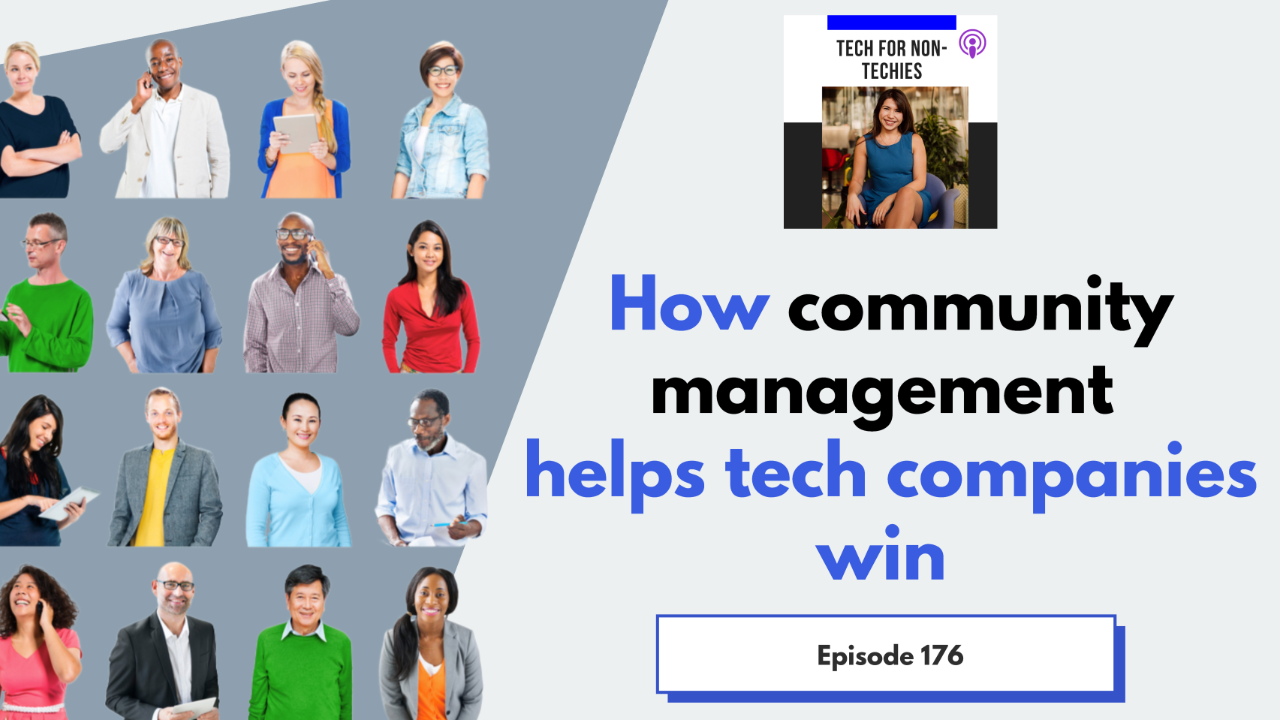No code tools have opened opportunities up for innovators, and especially for non-technical founders.
But, they have their limits, and not everybody thinks that they’re a great idea.
Listen to this episode to learn what the No Code revolution is and when No code tools are a must have, and whe
...














